Joe Biden’s administration has provisionally approved $8bn in new weapons for Israel in a last-minute show of support for the US president’s close ally after more than a year of war in Gaza.
The State Department disclosed the sale to Congress late on Friday in what is known as an informal notification, according to two people familiar with the matter.
Such a notification comes before the public announcement of a deal, which will require the approval of the Senate and House Foreign Relations Committees before it can go through.
Axios first reported on the planned sale, which includes $6.75bn in precision guided missiles and small bombs, $300mn in 155mm artillery shells, $600mn in Hellfire missiles and $300mn in Amraam air-to-air missiles, according to one of the people familiar with the matter.
A second person said some of the weapons would come directly from US stocks but many would take a year or more to deliver.
Israel’s offensive in Gaza has killed more than 45,000 people in the enclave, according to Palestinian health authorities. Israel launched the offensive in response to Hamas’s October 7, 2023 attack on Israel, which killed 1,200 people, according to Israeli officials.
Biden administration officials have vowed to continue to pursue efforts to mediate a ceasefire between Israel and Hamas in Gaza until the end of their term on January 20, but the talks have been stalled for months.
The administration has repeatedly raised concerns with Israel about the humanitarian situation in Gaza but has largely not followed through on threats to withhold weapons.
In November the State Department withdrew a threat to withhold military assistance even after aid deliveries into Gaza fell to record lows, saying it was satisfied that Israel had taken steps to improve the humanitarian situation.
US officials say aid deliveries have improved since then but continue to be insufficient. Aid groups have repeatedly warned that Israel’s offensive has fuelled a humanitarian catastrophe in the enclave, and called for far greater quantities of aid to be delivered.
Biden has said that he supports Israel’s right to defend itself and vowed to supply it with weapons as part of efforts to deter Iran and its proxies.
Israeli Prime Minister Benjamin Netanyahu has frequently accused the US of delaying weapons and munitions deliveries, a charge the Biden administration denies.
In November Netanyahu said he had agreed to a ceasefire with Hizbollah in Lebanon in part to help Israeli forces replenish their stocks.
That month the Biden administration informally notified Congress that it planned to give Israel $680mn in precision weapons.
That announcement came after some Democrats in Congress tried and failed to block a $20bn weapons sale to Israel last summer.
Congress approved $26bn in additional wartime aid for Israel in April. That came in addition to the $3.8bn in security assistance the US provides to Israel annually.

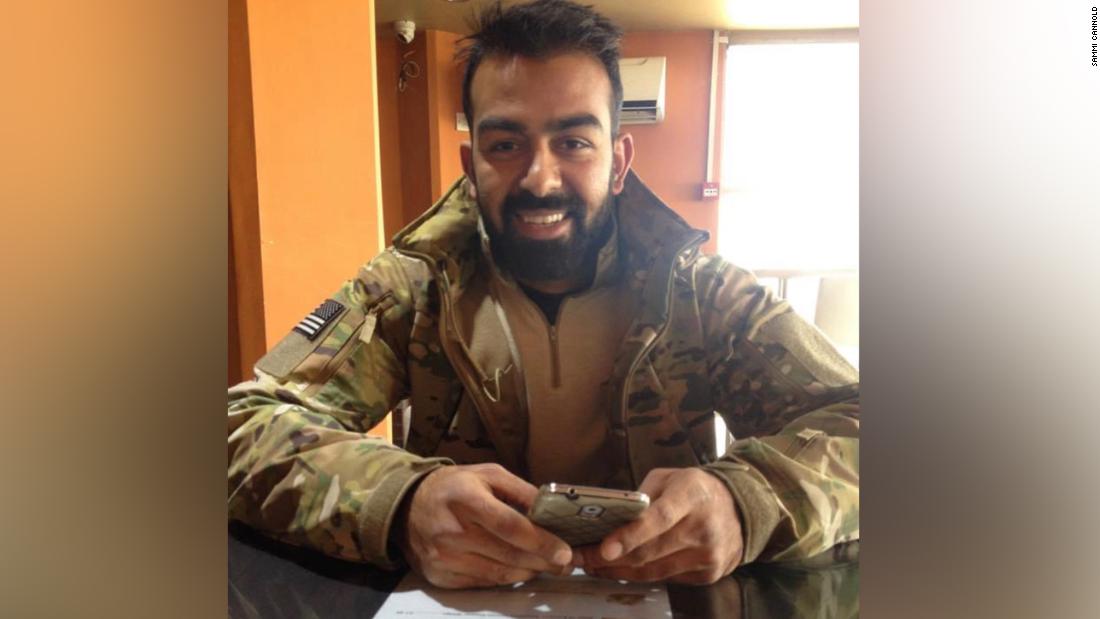







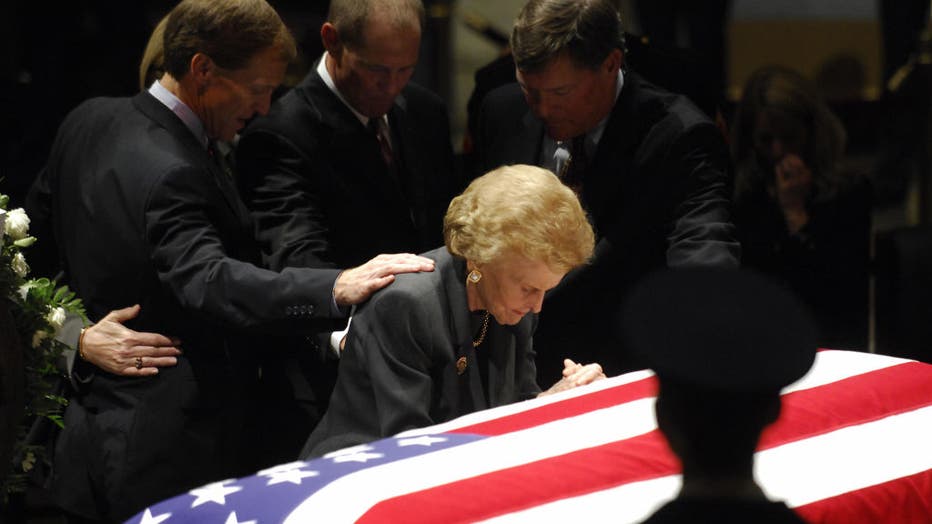
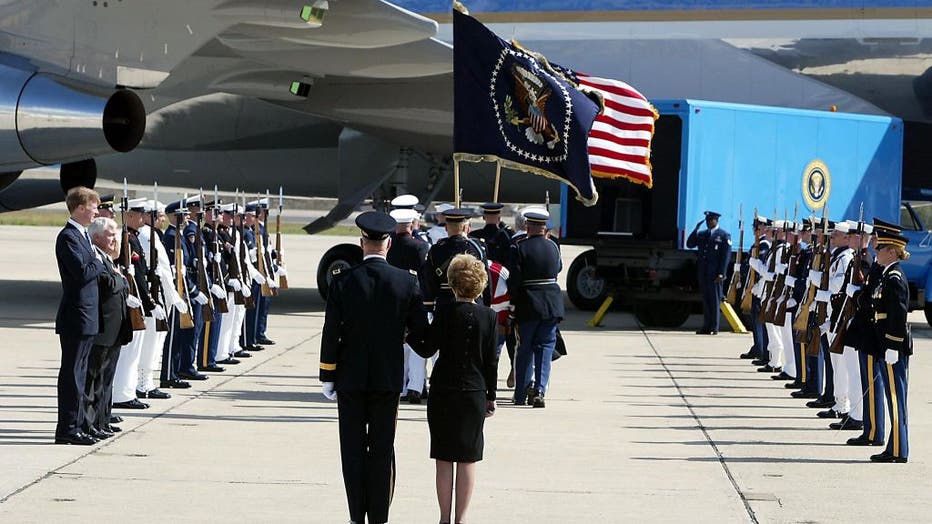
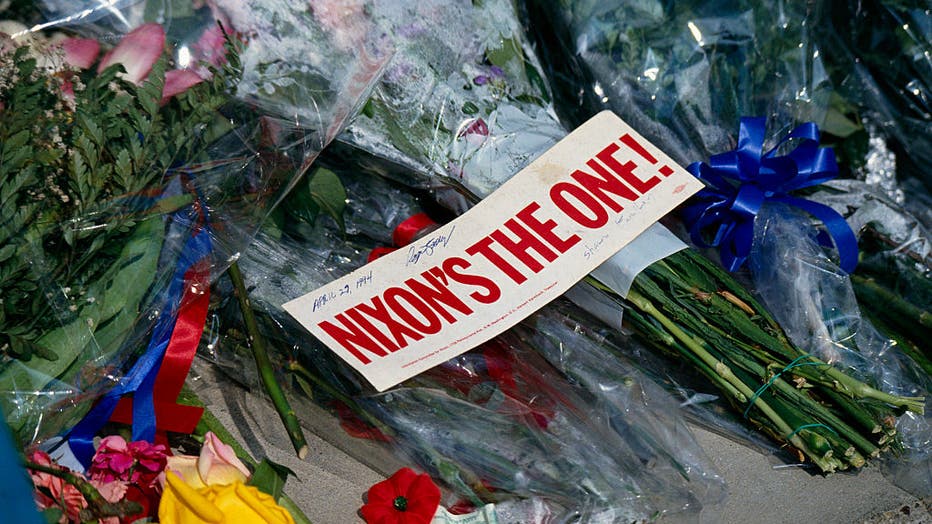
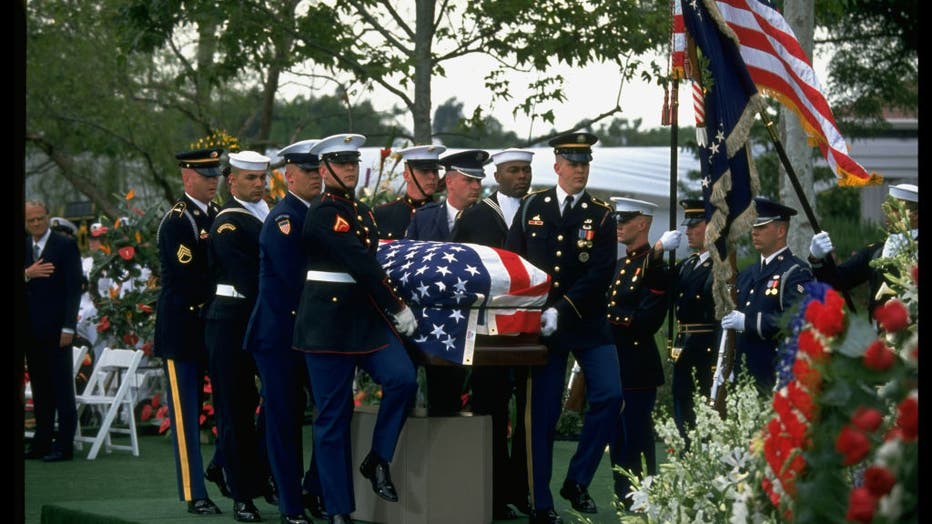
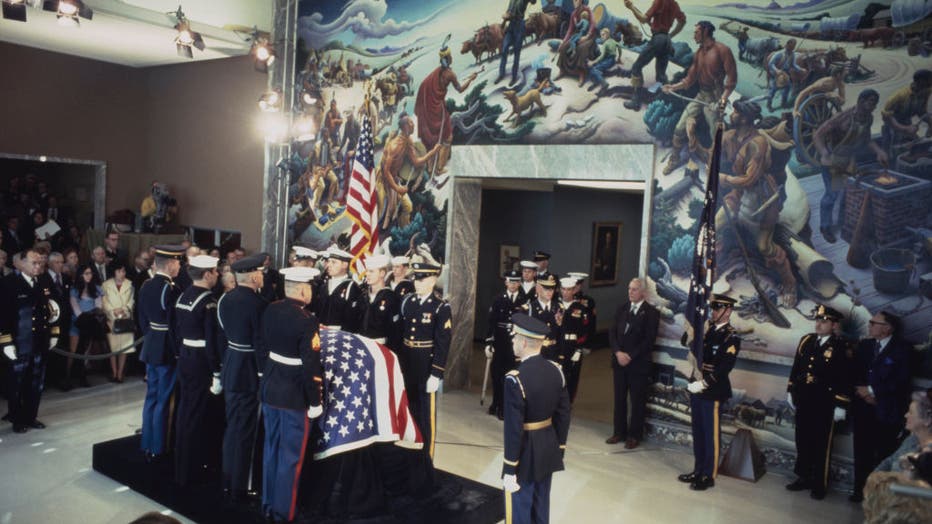











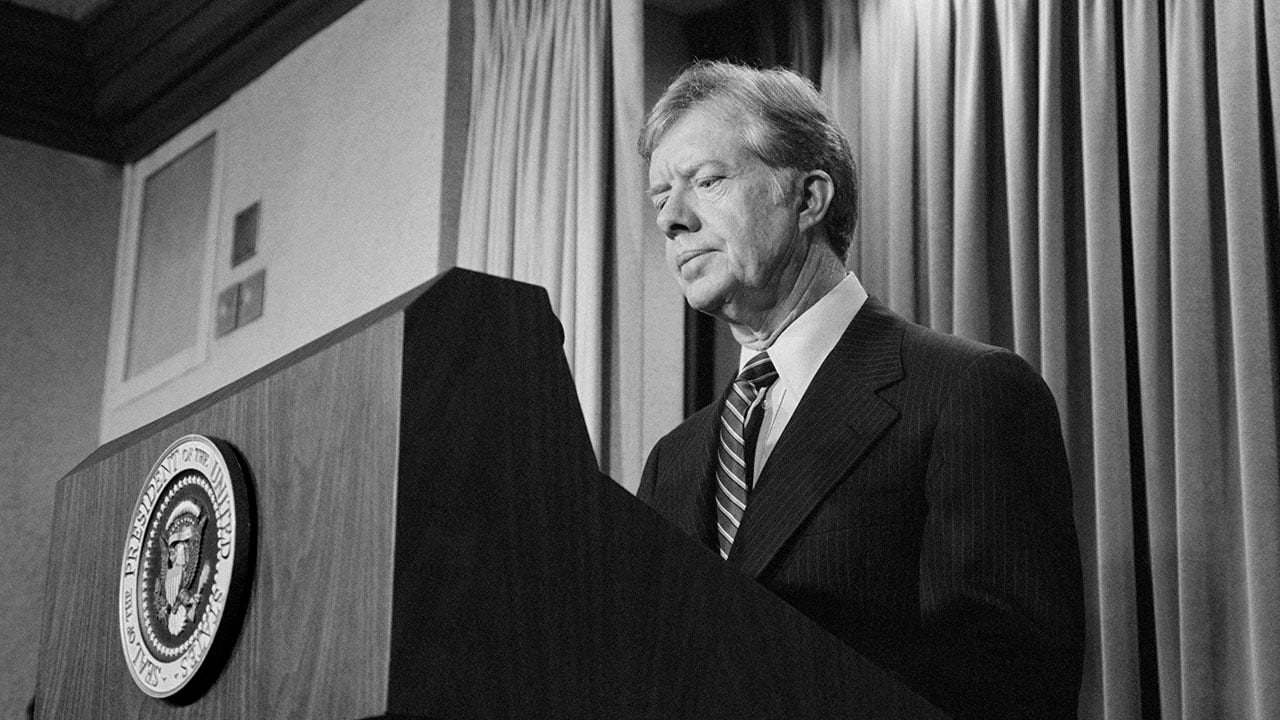
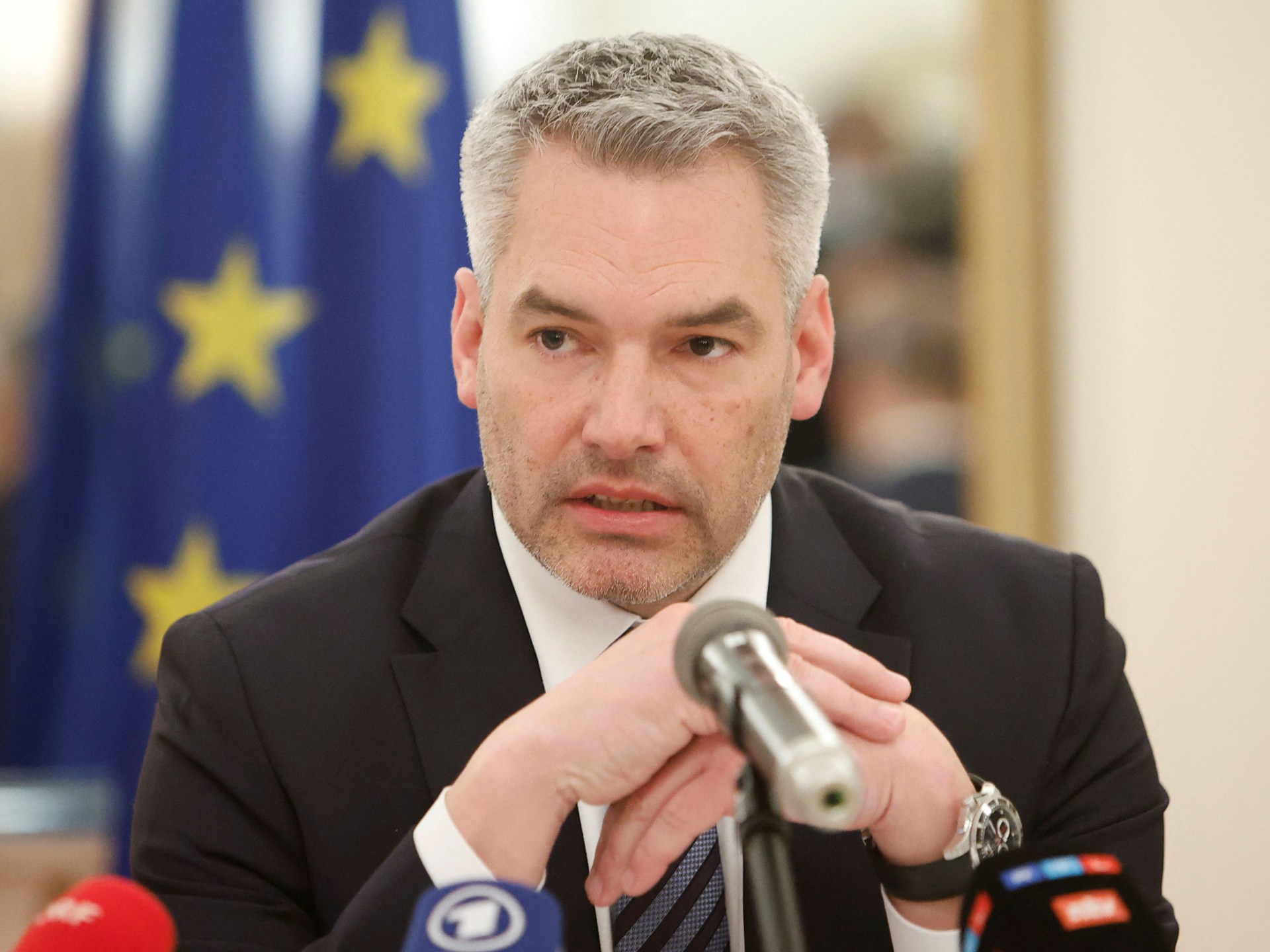


/cdn.vox-cdn.com/uploads/chorus_asset/file/24982514/Quest_3_dock.jpg)





